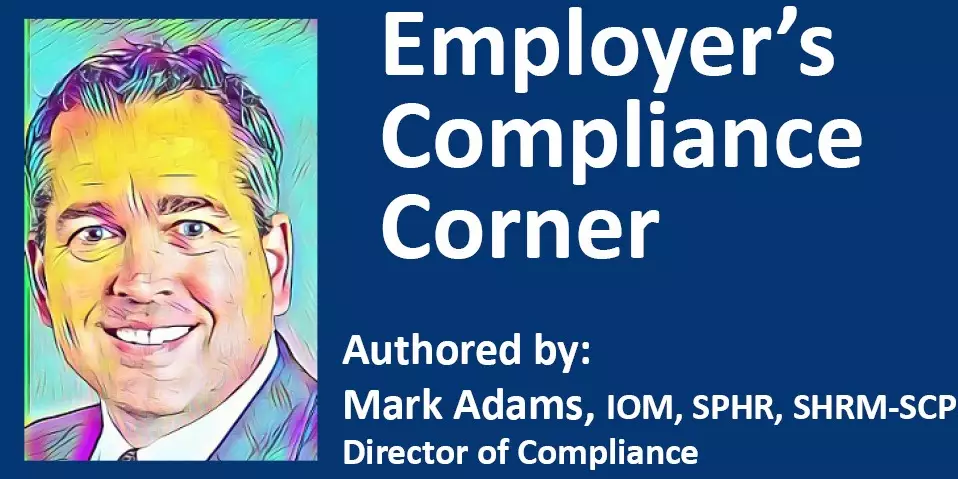
Growing up as a kid, I was immensely fearful of rollercoasters. However, now I relish them…..the twists, turns, the unexpected drops, the loops and the adrenaline that came from them. In some respects, this pandemic has been a rollercoaster ride with all its twists and turns (though instead of adrenaline, it has been fraught with anxiety and frustration).
Now, as many of the New England states start to relax or remove their business restrictions, we come to that stretch of the ride where the rollercoaster drifts to a stop and we all disembark.
Or is that really the case? Is the ride indeed coming to a full stop?
Sure, the states of Connecticut, Massachusetts and Rhode Island have fallen into alignment with the recently published guidance from the Centers for Disease Control and its position on mask-wearing when it comes to fully vaccinated and unvaccinated people. Generally speaking, when it comes to fully vaccinated people, there is not a need to wear a mask (unless in certain settings like health care, schools, public and private transportation just to name a few though others vary by state), no need to socially distance from others and no need to quarantine if the fully vaccinated person comes into close contact with another who is known to have COVID-19 (though if symptoms were to develop, then the need to isolate would arise).
That guidance, coupled with the rising tide of fully vaccinated people in the region served as a catalyst for these Southern New England states to shift their focus away from business mandates and Executive Orders to that of “guidance” and “advisories.” Gone are the requirements in many states for most businesses to require their employees to mask up if social distancing cannot be achieved; leaving in its stead the option for businesses to choose whether to require masks of all employees, require masks of employees in certain positions, require only of those who are unvaccinated, or to not adopt a formal position at all; leaving it to employees on the “honor system” to adhere to the CDC guidance. Gone are the reduced capacity limits in offices, the requirements of remote work for non-essential staff, enhanced cleaning and hygiene protocols, maintaining of formal COVID plans, posters…..the list, which seemed to go on and on at some point…now is going away (though businesses should check their own specific state for more information).
But again, has the ride stopped? For businesses who have been hard-wired over the past year or so to follow numerous black and white/defined rules and orders, they now are regaining the freedom and autonomy to run their businesses again. But with that freedom comes a lot of gray as there are now choices to be made on the part of HR and leadership. Can they indeed go back to the way things were pre-pandemic or will they need to keep some of their adjusted measures moving forward?
The answer to that question lies in evaluating several issues and their impact on their business and operating models. Just to name a few:
- Retaining talent | How will they engage workers who may have been working remotely or not at all to reintegrate them back into their business? Will going back to the old way of doing business create resistance, push back and turnover?
- Attracting talent | Will they be able to meet their recruiting challenges that will only grow as these restrictions are lifted if individuals (who had been laid off or furloughed elsewhere and had been drawing expanded unemployment benefits) are unwilling to apply for positions due to the working conditions or framework that is now in place?
- Safety issues | What level of safety and risk tolerance is a business content with when it comes to vaccinations, masks and maintaining COVID-19 safety plans since OSHA continues to maintain its own safety guidance (for now)?
- Service delivery | What are the expectations of customers, clients, and vendors as well as employees when it comes to safety precaution policies from their businesses and their leaders moving forward?
- Data | Does a company know where they stand now? Is all of the workforce vaccinated? Most of the workforce? Or just a small segment? (Remember, according to the Equal Employment Opportunity Commission – yes ask your employees if they have indeed been vaccinated.)
- Culture | Is the organizational culture a strong, collaborative and supportive culture or not? How will the potential reintegration of fully vaccinated and unvaccinated workers under the same roof be received? Will the differences be handled in a respectful manner or in a divisive way?
In short, it is not a one size fits all path. What makes sense for a health care provider with most or all of its workforce vaccinated for example, may be entirely different than the approach a manufacturer undertakes where only half of its workforce is vaccinated. So, careful reflection, planning and communication to your employees on the outcomes and the business case behind those decisions are strongly advised.
Will the ride stop? Will it continue? Or will you go on a different ride? The choice is ultimately yours to decide.
Thank you for viewing this article in EANE’s Employer’s Compliance Corner Blog, Authored by our Director of Compliance, Mark Adams. Please visit again soon to stay up to date on today’s compliance updates and best practices for employers.